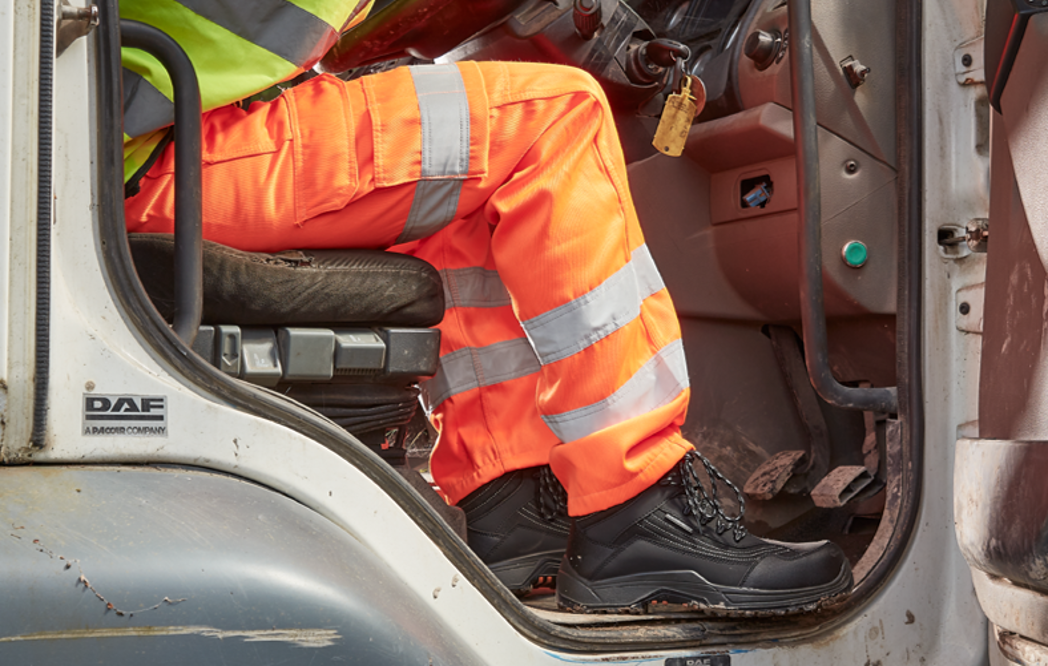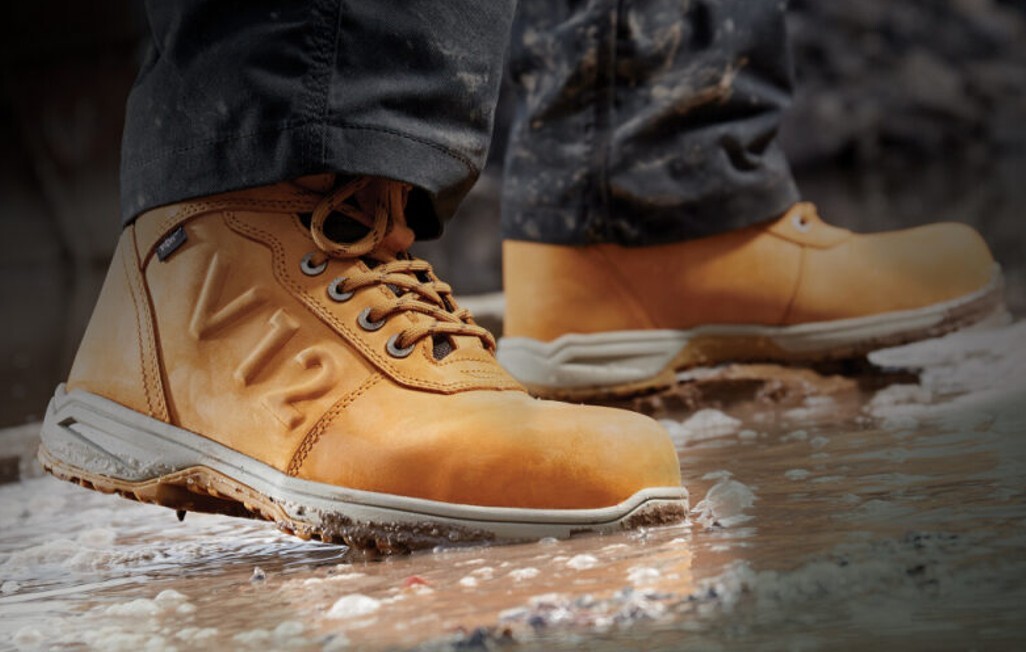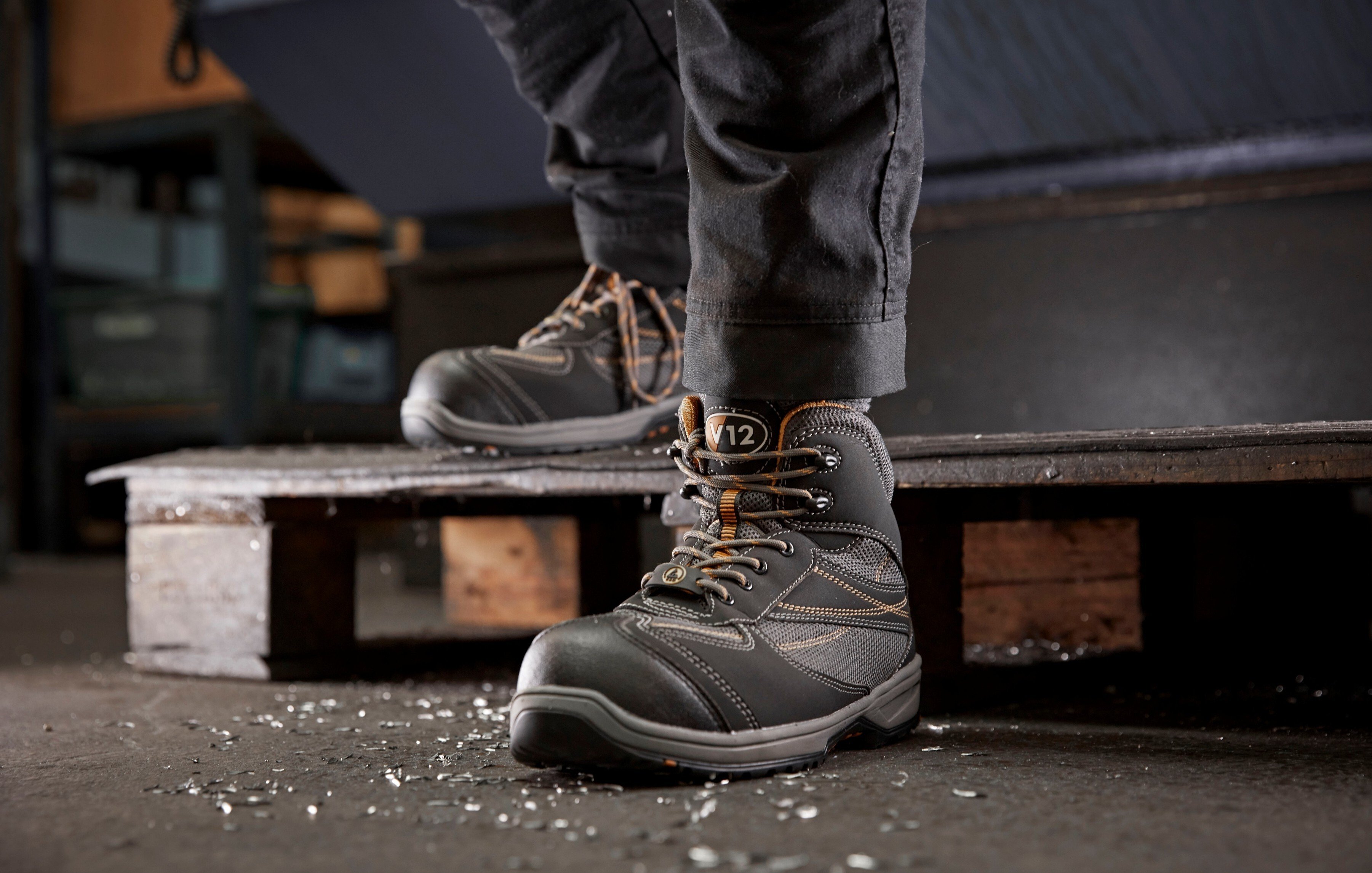When the purpose of your business is to produce goods to fulfil demand, production and sustainability don't always feel like they go together. Thankfully, there are a variety of ways for businesses to reduce plastic use and decrease carbon emissions to slow climate change.
Alongside this, being sustainable isn’t so much an option or a ‘nice-to-have' for a business nowadays. It is - quite rightly - an expectation. In the past, consumers may have seen a product’s sustainability as a bonus, but now it is a major factor in purchasing decisions across many industries. We firmly believe that for the good of the planet, we must come together and do our bit to slow climate change. And this is a particularly important thing for businesses producing PPE to embrace, as they are significant users of plastic and producers of emissions.
Recycling plastic
A number of PPE companies are endeavouring to be sustainable by using recycled plastic in their products. Particularly given the Covid-19 pandemic, there's an even more pressing need to produce products that rely less on virgin plastics. According to BBC News, the UK National Health Service is estimated to have used an average of 14 million items of PPE every day between 25th February and 18th April 2020.
Benefits
- By reusing plastics, production and energy costs from the extraction and processing of virgin materials are reduced.
- Plastic that's reused is plastic that isn't sent to landfill.
Plastic can be reused in PPE products in a variety of ways. Plastic bottles can be put into clothing and footwear, Hi Vis apparel can be made from recycled polyester and items such as safety goggles can even be made using recycled fishing nets.
Drawbacks
Using recycled plastic comes with some potential problems if it's the sole activity towards slowing climate change, including:
- Reused plastic still releases toxins such as microplastics into the environment.
- While reusing plastic has big benefits for the planet, incorporating it into PPE products still requires energy. Gathering the materials creates emissions due to transportation, and when it’s reprocessed, this also uses energy and generates GHGs (greenhouse gases).
- There are also increasing examples of recycled plastic being mislabelled - in some cases brands are being sold a mixture of recycled and virgin plastic. Because it’s very hard to distinguish this recycled – or post-consumer content - from virgin plastic without laboratory testing, this also creates potential problems for PPE-producing companies. Read more about this here.

The carbon neutral route
Many companies are adapting and in many cases transforming their business by becoming carbon neutral or developing carbon neutral products. The goal of carbon neutrality is simple - whatever carbon emissions are put into the atmosphere from production are balanced out by what is later removed from certain environmental activity. More on this below.
benefits
- To compensate for any unavoidable emissions during production, companies striving to be carbon neutral will invest in carbon credits to fund initiatives like environmental preservation projects, building clean energy plants or launching rewilding schemes, which have high-impact benefits for planet and people.
- Becoming a carbon neutral company isn’t just about purchasing carbon credits. To get this certification, companies are required to decrease their carbon output in a significant, meaningful and long-term way. And this often compels businesses to make huge carbon reductions through innovation and dedication, decreasing emissions and helping to halt climate change.
DRAWBACKS
Becoming a Carbon Neutral neutral is definitely a marathon rather than a sprint, and while the benefits are significant, it's important to know the size of the commitment a company makes when they take this approach. Consider:
- A company can't just declare itself carbon neutral. As well as researching and delivering company-wide carbon reduction in its processes, it has to work closely and extensively with an environmental verifier who then has to carry out lengthy processes to award the company its certification - and this comes at a substantial cost.
- Developing a carbon neutral range and in particular becoming a carbon neutral company takes a lot of time. Verifiers require extremely detailed and granular data on emissions from every aspect of the company, from shipping milage, factories' energy costs, all the way to packaging and the staff's mode of transportation to work information. It all has to be collated and recorded, and it is a lengthy process.
- Taking a carbon neutral approach is a company-wide commitment. Members of staff have to meet regularly, are assigned responsibilities and are required to be both energetic and innovative to achieve sustainability progress for their team.
OUR CARBON NEUTRAL JOURNEY
 When V12 Footwear formed its sustainability team, we wanted a plan that would ensure our wearers would get the highest-quality materials and components, so their footwear gave them the protection they need - but with minimum impact on the planet.
When V12 Footwear formed its sustainability team, we wanted a plan that would ensure our wearers would get the highest-quality materials and components, so their footwear gave them the protection they need - but with minimum impact on the planet.
We developed our carbon neutral safety boot range ‘Lynx’ (pictured) and then went on to receive our ZeroCarbon® certification as a carbon neutral company, because we believed this process had some very high-impact benefits for the planet.
As part of our carbon neutral drive, we signed up to three global initiatives, Race To Zero, Climate Neutral Now and SME Climate Hub. These programmes meant we received emissions targets and were held accountable to them, ensuring our environmental practices stayed at the highest level and never wavered. Find out more here.
Added to this, we made some major sustainability enhancements to our manufacturing and supply chain. These included:
- Decreasing shipping mileage by moving production closer to home
- Streamlining and removing production processes
- Removing and minimising packaging
- Fitting our new factories with renewable energy capabilities
- Upgrading to a closer tannery and working with our factories on cutting methodology to reduce leather waste
Be aware
While many companies are doing great work in finding responsible manufacturing methods, unfortunately greenwashing and false or exaggerated sustainability claims remain common in the PPE market. It is therefore important to look out for verification and confirmation of the source of the recycled content claim being made about the product, and about how much impact this will truly have in the bigger picture.
Want to know how to spot greenwashing and false sustainability claims? We've written a blog on it to help you - find it here.
The future
So, when it comes to responsible manufacturing, using recycled plastic has definite environmental benefits, but a carbon neutral approach decreases carbon which seeks to reduce and replace plastic rather than re-use it. Which ever approach you feel is right, what's certainly true is that environmental change - even if it's small and seemingly low impact initially - is possible and can have a massively positive effect, particularly if you're in a team committed to make a sustainability difference.
If you'd like to learn more about our carbon neutral range, get guidance on reducing plastic use or find out more of V12’s environmental aims and achievements, you can find it all on our sustainability page below.





